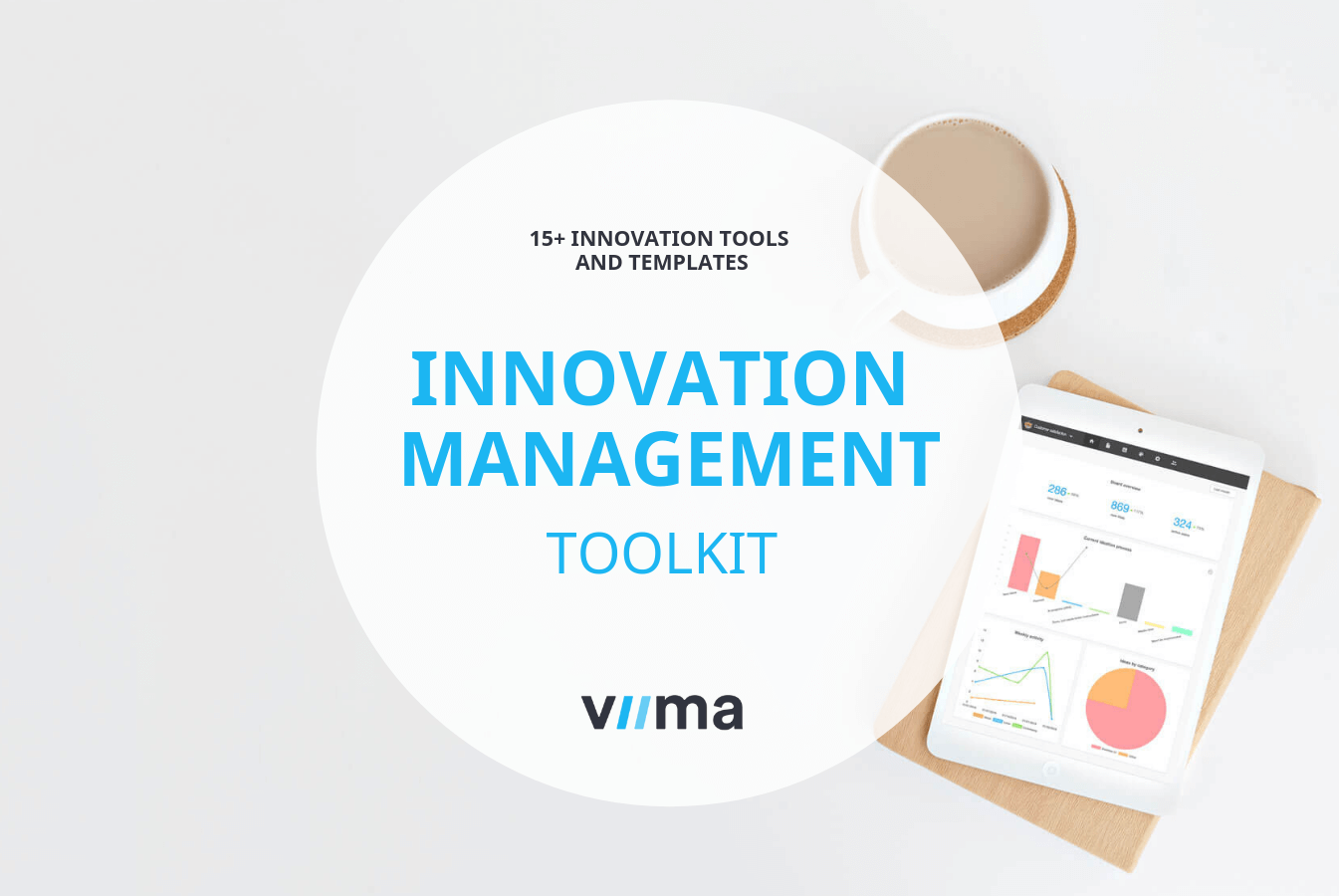Pace of Innovation – The Ultimate Competitive Advantage
When we think of a business having a competitive advantage, we still tend to think of traditional economic moats such as a low-cost structure, economies of scale, or perhaps a more intangible moat like a strong brand.
While all of these are still extremely desirable assets, they no longer guarantee a sustainable competitive advantage for most companies. Or as Professor McGrath puts it, the era of sustainable competitive advantages is – for the most part – over, thanks to increased globalization and a world that keeps moving faster and faster.
So, what can you then do to build a lasting position as a successful business? It’s simple, really. You need the ability to adapt to change, and innovate, faster.
Thus, for most businesses, the only truly lasting source of competitive advantage these days is the pace of innovation.
You might then ask what that means in practice and how to accelerate your pace of innovation. Well, that’s what we’ll talk about today.

Table of contents
Why does pace of innovation matter?
In a nutshell, the pace of innovation is simply the speed at which an organization can improve their existing products and services, but also at which it is able to introduce new ones to capture the needs of the constantly evolving markets they operate in.
In the last few decades we’ve obviously seen many examples of companies with competitive advantages that seemed impossible to overcome completely break down in a matter of few years. Nokia, Kodak, and Blockbuster are probably the most famous of these. There’s plenty of great material out there covering those stories, so we won’t go into these in more detail today.
However, what we will do is explain why pace of innovation is so critical.
“Pace of innovation refers to changes that you’ve actually implemented and brought to market, not just things that you’ve developed.”
But before we do, it is crucial to understand that pace of innovation refers to changes that you’ve actually implemented and brought to market, not things that you’ve developed. The difference is profound, as you’ll soon see.
Compounding returns
To cut to the chase, the big thing here is that any improvements you make to an existing product, service or business, essentially has compounding returns.
I’ll illustrate this with an example using an imaginary company in an imaginary industry.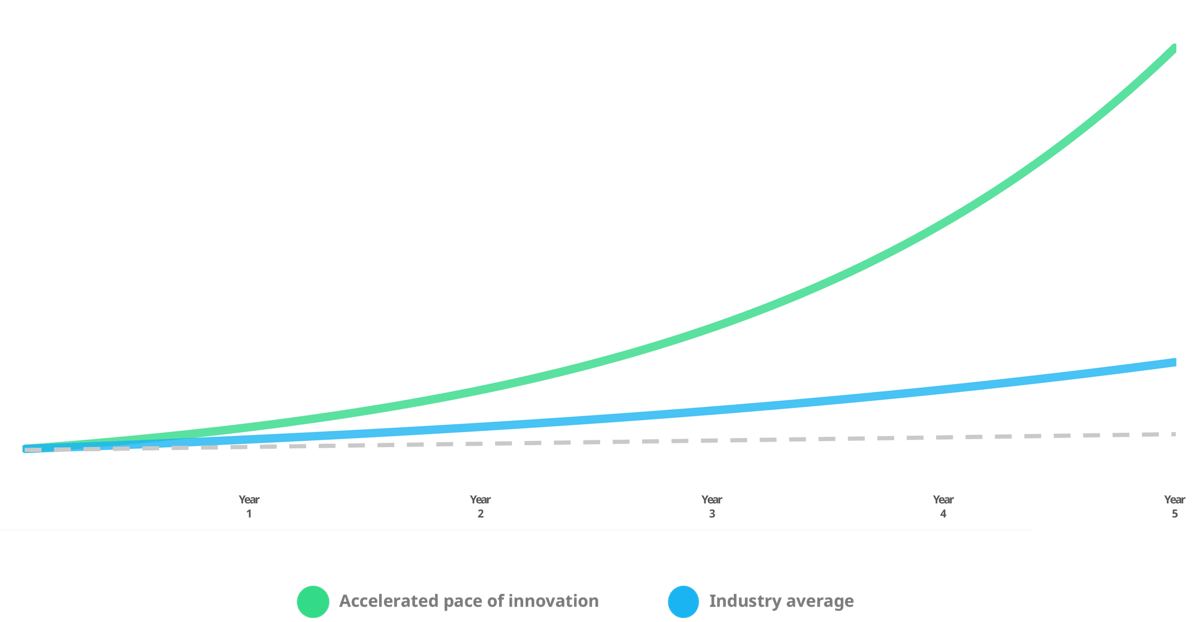 First of all, if the company doesn’t do anything, they won’t get better, which is represented with that grey dotted line in the chart above.
First of all, if the company doesn’t do anything, they won’t get better, which is represented with that grey dotted line in the chart above.
So, if they don’t get better, they’ll be left behind and will inevitably lose market share because their competitors, which the blue line represents, will always get better in a capitalistic environment. That should be pretty obvious, and most people certainly get this.
However, what most people don’t understand is how much your pace of innovation, in other words, your rate of improvement actually matters.
In this imaginary example, the industry will get 0.5% better per week at whatever it is that they do for their customers.
However, if we were to double that rate of improvement to 1% per week, the difference is dramatic.
In just 5 years, this company will be 13x better than the baseline, and almost 4x better than the industry average. And that is still with a pace much less than the commonly used Kaizen target of 1% day.
That’s because your pace of innovation, or your rate of improvement, has compounding, exponential, returns and thus a clear competitive advantage.
As long as you keep improving at that consistent pace, your competitors can only catch you if they move even faster – or if they change the game entirely by disrupting the market.
“It’s been said that compound interest is the most powerful force in the universe, and the most powerful force in business certainly is the pace of innovation!”
And that is very much what the Flywheel of Growth framework that I’ve previously covered, is all about. Once you accelerate your Flywheel to a rapid pace, and keep pushing it, your momentum will only keep increasing.
So, just like it’s been said that compound interest is the most powerful force in the universe, the most powerful force in business certainly is the pace of innovation!
Key benefits of a rapid pace of innovation
But, let’s dive a bit deeper and look at what those benefits of a rapid pace of innovation are in practice.
As you saw from the above chart, pace of innovation is obviously crucial in incremental innovation, but many make the mistake of thinking that it’s only relevant for the incremental kind, and not so much for the disruptive and breakthrough kinds of innovation.
In reality, it’s arguably even more important in these cases, and here’s why.
Reducing uncertainty and mitigating complexity
The fact of the matter is that when you’re working on something new, or something complex, it’s usually impossible to perfectly plan out everything in advance. And, even if you try to do that, it takes a really long time, and when you expose your plan to reality, something will still go wrong.
I’ve seen time and again how people in many organizations, both big and small, try to come up with the perfect solution, that often doesn’t exist in the first place, and only end up having solved the wrong problem.
On the other hand, if you were to simply move ahead quickly with something that creates real value and solves at least some of the problems, you’ll see which of your assumptions and concerns are real, and which aren’t. You’ll also see which problems you can work around, and which ones you simply have to address directly.
This obviously eliminates a lot of uncertainty and reduces the complexity associated with solving the problem, which again helps you focus your innovation efforts on what matters – creating real value.
Thus, the bigger and more complex the problem, the more important it is to take this agile and modular approach that focuses on the speed of making tangible progress.
The perfect example of this is SpaceX. They’re working on one of the biggest and hardest problems out there – building a human colony on Mars – but they didn’t just start working on that out of the gate.
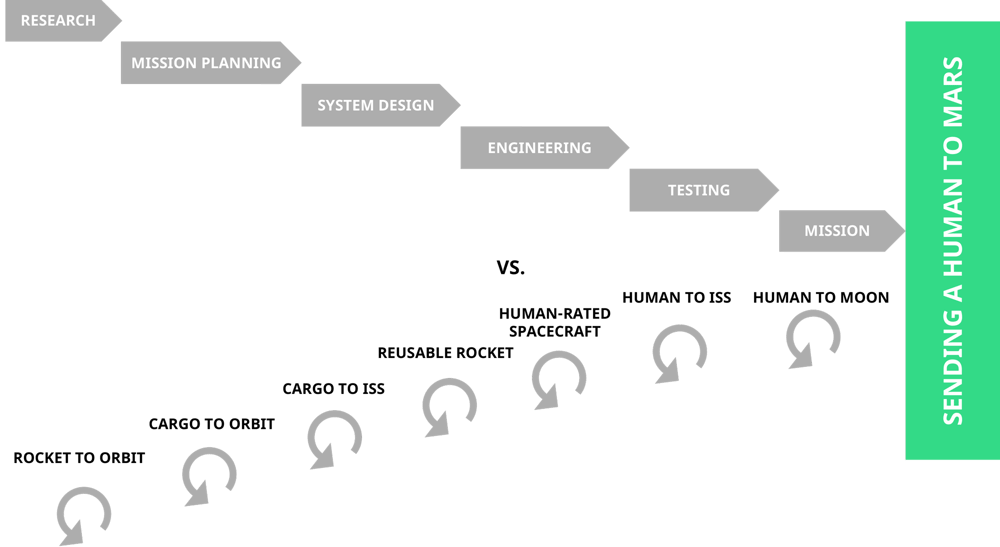 They obviously realized that it would be too difficult and expensive, so they chose a phased approach where they’re working on solving a much smaller number of easier (relatively speaking) problems first, and then using those capabilities to reach gradually bigger milestones such as delivering cargo and humans to the International Space Station.
They obviously realized that it would be too difficult and expensive, so they chose a phased approach where they’re working on solving a much smaller number of easier (relatively speaking) problems first, and then using those capabilities to reach gradually bigger milestones such as delivering cargo and humans to the International Space Station.
This approach allows them to:
- Deliver meaningful value to customers
- …which drives revenue and funds future investments
- Allows them to test and prove that their technology is working in real-life conditions
- Builds their operational capabilities so that the company isn’t just an R&D effort
Creating and capturing value faster
One of the key benefits of a rapid pace of innovation is that when you actually bring changes to market, you’ll be creating a lot more value a lot more quickly.
And, if you do create value for customers, you can expect to capture some of that value as revenue.
And, as we all know, money is worth more today than it is in the future. So, capturing some money right away with a 100% certainty, is always better than capturing a bit more in the future, because that money will be worth less, and there’s always uncertainty involved when it comes to future revenues, as so many of us have had to realize during the current pandemic outbreak.
And, any gross margin you generate can of course be funnelled back into your business to help you innovate even faster, which makes this a virtuous cycle. Furthermore, if you wait longer to bring things into market, you’ll not only give up revenue and profit now, but also incur more and more expenses and allow the competition to gain market share in the meanwhile, which again makes the benefits of launching sooner even bigger.
There are of course situations where the price of any kind of failure is simply so high, that you have to have very high confidence before you can bring something to the market, but if SpaceX can move so quickly in the extremely costly and complex rocket launch business where there are also lives at stake, the odds are you could innovate much faster too.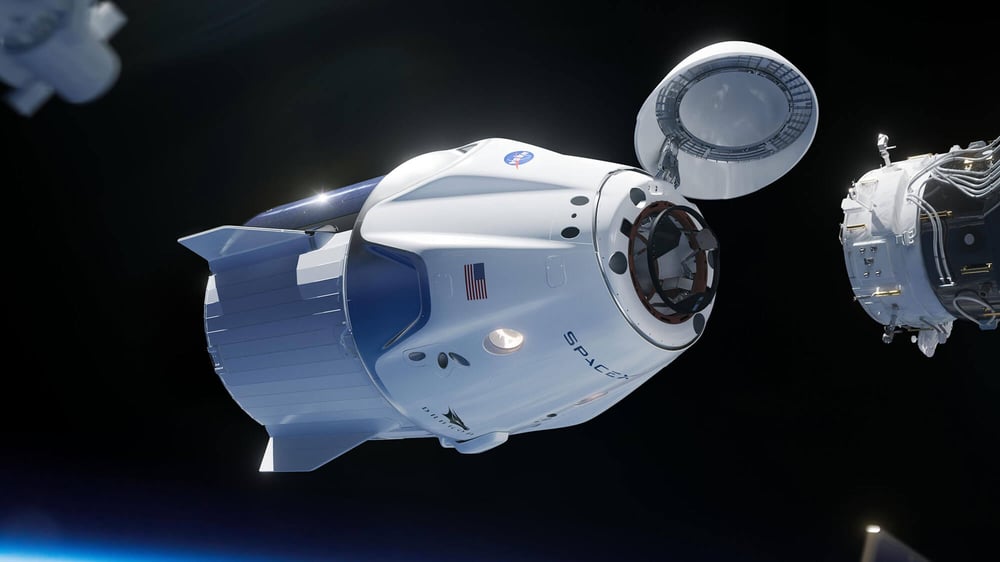
Ability to adapt to change faster
There is another big advantage to a rapid pace of innovation that we actually already referred to in the introduction to this post.
When you have the processes and the culture in place to bring new developments to market quickly, you can naturally react to changes in the market much faster than the competition. And, because you are already in the market with your innovations, you are likely to have a much better of idea of what’s happening there than the competitor who’s just stuck in their R&D lab.
This ability to both identify changes and react to them quickly is a key capability in today’s rapidly evolving and global industries. It has both offensive and defensive benefits.
First, when you can react more quickly to changes, you are naturally less likely to be disrupted than the companies that are just sticking to their guns and doing what they’ve always done. That is partly a matter of mindset, and partly a matter of practical capabilities. Companies that have a rapid pace of innovation, by definition, have both of these covered.
And if you do spot trends or shifts in the market before the competition, your ability to react quickly naturally allows you to go on the offensive and capture market share and profits from the competition with an offering that is better suited for those changing needs.
Breakthroughs are not just one big thing
Now, in reality, even the biggest breakthrough innovations aren’t usually singular innovations, but a series of smaller ones bundled together to solve a specific problem.
Battery technology is the perfect example. We’ve been waiting for the next big battery breakthrough that would finally make large scale energy storage technologically and economically feasible for at least a dozen years. Depending on the use case, batteries need to small and light enough, inexpensive, last a long time, and be able to provide a lot of power, often all at once. And that is of course a difficult challenge to solve.
The fact of the matter is that none of the individual technologies researchers have been working on has been able to solve all facets of the problem, even in laboratory conditions – and is unlikely to do so in the near term. The most realistic plan for achieving that is something along the lines of what Tesla announced in their recent Battery Day.
You can’t just wait for the perfect thing to hopefully start working someday. As mentioned, true breakthroughs are almost always a combination of many different approaches that all yield clear benefits, and the end result will be something much bigger and more meaningful than any of the individual components it is made out of.
So, instead of waiting for the perfect solution, this approach obviously improves your chance of succeeding, but even if you don’t get that ultimate breakthrough, you’re still likely going to be years ahead of the competition, as long as your pace of innovation is sufficiently high.
Plus, once your competitors realize what you’re doing, it will be much more difficult for them to copy a dozen innovations and combine all of them into a cohesive, well thought out product or service, instead of copying just one breakthrough.
How can we then accelerate our pace of innovation?
Now, one of the most common excuses I hear from people in large organizations is that “Of course it’s easy for you to move fast because your business is just software, but we can’t possibly do that in our industry.”
That’s why the examples that I’ve listed above are from companies working on extremely capital-intensive and R&D heavy industries with complex supply chains and manufacturing requirements. SpaceX and Tesla have without a doubt proven that even huge companies in the most challenging industries can have a rapid pace of innovation and move quickly.
That doesn’t mean that it would necessarily be an easy thing to achieve, but that it can be done, and is a goal every company should strive towards.
“Accelerating the pace of innovation isn’t necessarily easy, but it can be done, and is a goal every company should focus on.”
Here are some tips that we’ve seen be helpful for accelerating the pace of innovation pretty much regardless of the industry.
Iterative, agile approach
As you saw from our SpaceX example, no matter how big or ambitious your project is, you can always break it down into smaller components that can actually create value for customers already on your way towards that ultimate goal.
And the key therein lies in the “creating value” part. There’s always overhead in bringing things into market, but the lessons you will learn from doing that, and for actually being on the market early on, will be worth much more. This will help you spot problems early on, as well as refine the offering to better meet the needs of the market. Plus, as already mentioned, it will also allow you to gain market share and revenue much earlier.
So, even if one could argue that you could deliver the project faster and cheaper by just implementing it entirely and only then bringing it to market with a big bang, that is usually just an illusion, or an excuse to put off the hard work.
In practice, when it comes to innovation, it’s very unlikely that everything would go exactly as planned with these kinds of big launches. Quibi's story is a very recent example of that.
Speed by design
So, how do you then make that iterative approach work?
The key is to design your processes with speed in mind from the get-go. This doesn’t, however, mean that you wouldn’t make them robust and would compromise on things like quality, safety, or security.
By eliminating any unnecessary barriers and friction in decision-making, development, and innovation processes, you can achieve extremely high speed and still fulfil all of those qualitative requirements for your products and services. In the software world, this is known as DevOps. In essence, it means that the team works hard to automate as much of the work involved in all aspects of designing, building, testing, delivering, deploying, and monitoring the software. These practices allow the team to create higher quality software faster and cheaper.
In the software world, this is known as DevOps. In essence, it means that the team works hard to automate as much of the work involved in all aspects of designing, building, testing, delivering, deploying, and monitoring the software. These practices allow the team to create higher quality software faster and cheaper.
SpaceX is again a great example of taking this approach and putting it into practice in all of their development work combining hardware and software. Thanks to these practices culminating in continuous automated testing, they reportedly have the ability to update software to production 17,000 times a day – with 50x fewer software engineers than their competitors!
Since this is possible in such a safety critical industry with a combination of complex hardware and software, it is definitely possible in every other industry too.
Measure it!
As the old management adage goes, “you get what you measure”. So, measuring the pace of innovation, and holding managers accountable for it as one of their KPIs, is a surefire way to improve it.
“You get what you measure, so having pace of innovation as a KPI that managers are held accountable for is a surefire way to improve it.”
There are two key metrics you should be focusing on in this area.
The first is simply the number of improvements you can make in a given timeframe, such as a week or a month.
The other one is the time it takes for an improvement or product to go from an idea to being implemented or brought to market, commonly referred to as your cycle time.
The raw number of improvements you can make essentially shows the bandwidth or throughput you have available, and the cycle time shows how good you are at delivering said improvements in a timely (and thus cost-effective) manner.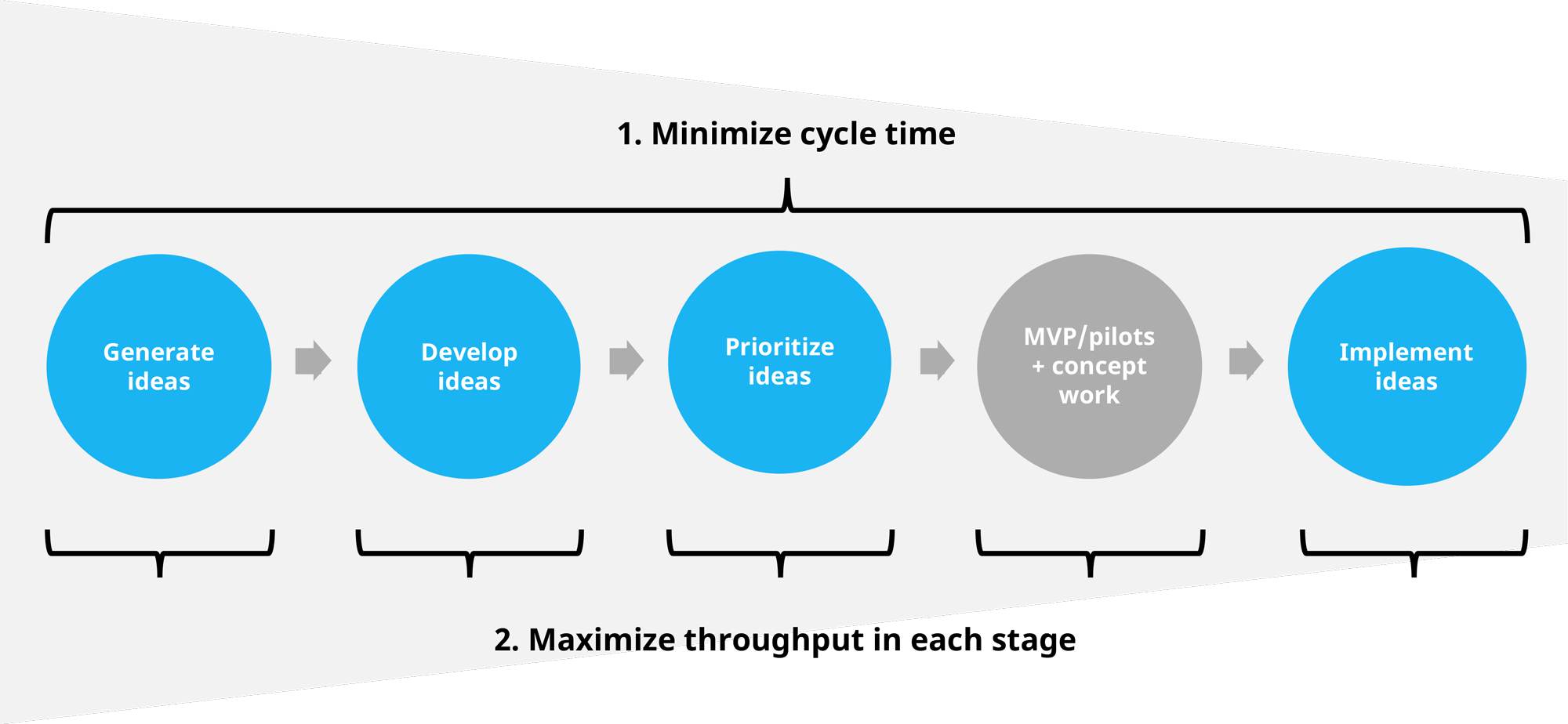 When you focus on simultaneously improving your throughput and decreasing your cycle time, your pace of innovation – and thus your business results – will inevitably improve dramatically.
When you focus on simultaneously improving your throughput and decreasing your cycle time, your pace of innovation – and thus your business results – will inevitably improve dramatically.
A good idea and innovation management tool, such as Viima, will obviously help you keep track of both of these metrics automatically.
Decentralize decision-making and empower people
The problem with centralized decision-making is that it quickly becomes a bottleneck.
For example, in 2018, Amazon Web Services launched more than 1,800 new products and services, as well as major updates to existing ones. Each of those releases naturally consists of dozens if not hundreds of individual decisions.
AWS is naturally a very big company these days, but regardless, it definitely wouldn’t be able to launch products this quickly if decision-making was highly centralized.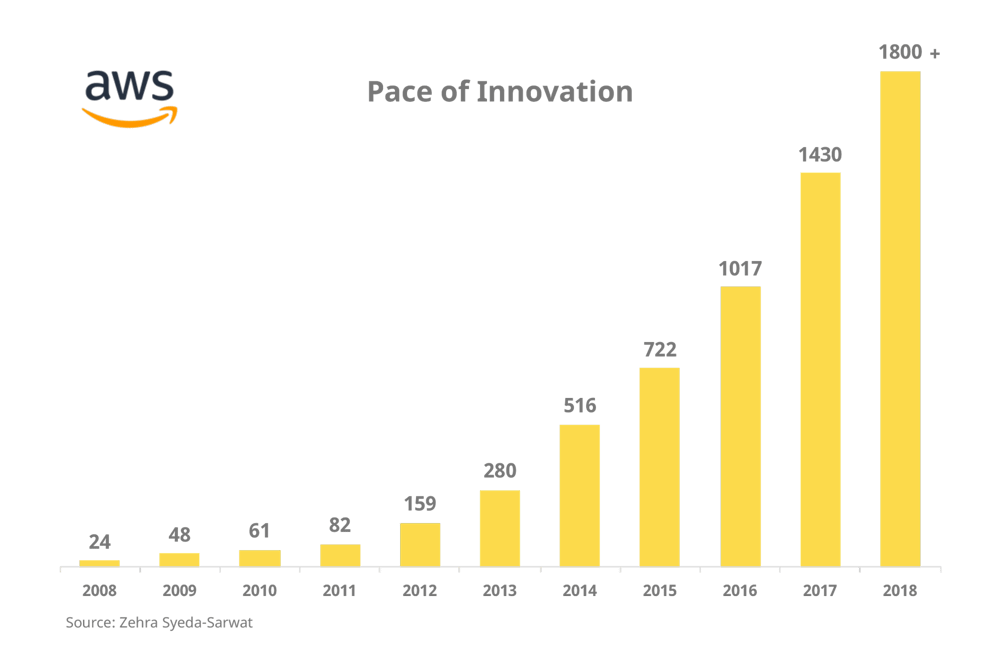 So, to achieve their goal of rapid innovation, AWS has embraced most, if not all, of the methods we’ve already talked about, and layered in something more: Two Pizza Teams.
So, to achieve their goal of rapid innovation, AWS has embraced most, if not all, of the methods we’ve already talked about, and layered in something more: Two Pizza Teams.
The idea is that every team that is working on a product, should only be big enough to be fed with two pizzas. After the team's initial plan is green-lighted by senior management, they are responsible for making the vast majority of decisions autonomously.
This has a couple of key advantages:
- decisions get made fast, and
- …they get made by people who are intimately aware of the practical consequences of their decisions
Together, these can again dramatically accelerate innovation. However, for this kind of decentralization to work, there are some prerequisites that must in be place.
First, the team must clearly understand the big picture of how their work links to the big picture the organization is striving towards, and to some extent, how their work might affect the other teams within the organization.
And second, the team needs clear boundary conditions, within which it can be operate freely with autonomy. However, when these boundaries are crossed, the team knows to escalate the situation to their superiors. John Carter explained this really well in a recent interview I had with him.
For example, a team might have a given budget, timeline and goal, and if it looks like it is at risk of failing on any of these, it should immediately alert their superiors of the situation and propose corrective action that management may then either approve, or come up with an alternative plan for addressing the issue.
Consistency is king
Finally, it’s important to remember that accelerating your pace of innovation isn’t a sprint, it’s a marathon.
In the end, it’s not some fancy megaproject that will speed up innovation for you, but the consistency of making small improvements on a daily or weekly basis. This is what ultimately leads to that exponential curve you saw at the beginning of the article. So, don’t expect to just speed up innovation with a quick project or two, you have to commit to making it a long-term priority for your entire organization. That’s what every one of the companies we’ve talked about in this article have done, and what you should also strive towards going forward.
So, don’t expect to just speed up innovation with a quick project or two, you have to commit to making it a long-term priority for your entire organization. That’s what every one of the companies we’ve talked about in this article have done, and what you should also strive towards going forward.
Conclusion
As we’ve discussed, pace of innovation is arguably the single most important thing for any organization in today’s world where the traditional sources of competitive advantage are quickly becoming obsolete.
Pace of innovation helps you both excel in executing your current business, as well as build the future of your organization. Get it right, and you’ll be unstoppable. Get it wrong, and you’ll sooner or later end up as the latest victim of innovation done by others.
Embracing a rapid pace of innovation is conceptually easy, but of course hard to achieve in practice.
Furthermore, given how AWS, Tesla and SpaceX probably aren’t the most easily relatable examples, you might think that a rapid pace of innovation is something only the very best can achieve, and to some extent, you would be correct. Only a few companies in the world can match their capabilities.
However, everyone can improve their pace of innovation, and since these returns compound, even seemingly small changes can have a profound impact on the trajectory of your organization. So, if you’re working on anything innovation related, you should make speed a priority.
Subscribe to our blog to get the latest stories on innovation, leadership and culture straight to your inbox.




